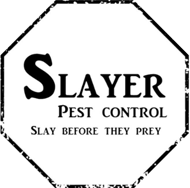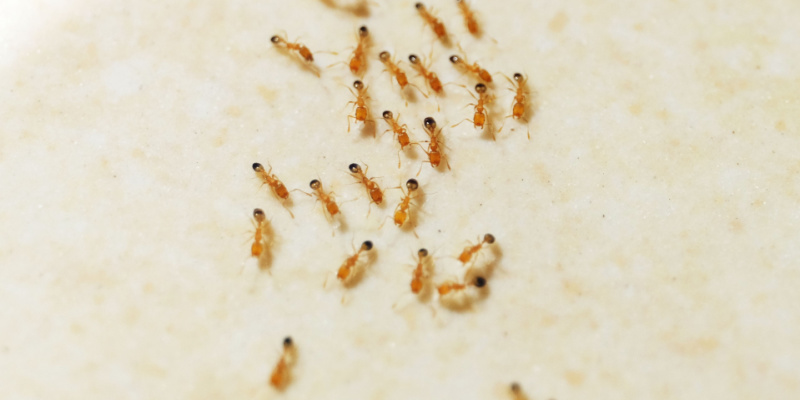Discovering a trail of ants marching through your kitchen can be both distressing and puzzling. Ants are driven by their search for food, water, and shelter, making the kitchen an ideal target for these persistent invaders. Understanding why ants are attracted to your kitchen and how they communicate can help you address the root cause of the infestation and keep your kitchen ant-free.
The Science Behind Ant Trails
Ants are social insects that live in colonies and operate through a highly efficient communication system involving pheromones. When a scout ant finds a food source, it releases a pheromone trail back to the colony, guiding other ants to the food. This pheromone trail is why you often see ants following the same path in a seemingly organized line.
Common Attractants in Your Kitchen
1. Food Sources
Ants are primarily attracted to sweet and sticky substances, but they will consume almost any food left accessible. Crumbs, spills, and unsealed food containers are common culprits.
2. Moisture
Kitchens often provide ample moisture sources, from sinks and dishwashers to water leaks. Ants require water to survive, making your kitchen an attractive site.
3. Shelter
Ants may also be drawn to your kitchen as a safe shelter, especially if there are cracks, crevices, or other entry points they can exploit.
How to Prevent Ant Trails in Your Kitchen
1. Maintain Cleanliness
Regularly clean counters, floors, and pantries to remove crumbs and spills. Pay special attention to areas under appliances and furniture where food particles can accumulate.
2. Store Food Properly
Keep food in airtight containers and refrigerate perishable items. Ensure that sweet substances like honey, syrup, and sugar are tightly sealed and wiped down to remove any residues.
3. Eliminate Moisture Sources
Fix leaky faucets and pipes, and avoid leaving standing water in sinks or on counters. Use a dehumidifier if your kitchen tends to be humid.
4. Seal Entry Points
Inspect your kitchen for any cracks, holes, or gaps where ants could enter from outside. Seal these entry points with silicone caulk or another appropriate material.
How to Eliminate Ant Trails
If ants have already established a trail to your kitchen, taking swift action can help prevent the problem from escalating:
1. Erase Pheromone Trails
Clean the ant trail with a mixture of vinegar and water or a commercial ant deterrent to disrupt their scent trail and prevent more ants from following.
2. Use Ant Baits
Ant baits can be effective in dealing with an ant infestation. Ants are attracted to the bait and carry it back to their colony, which can eliminate the colony over time. Place baits near ant trails but out of reach of children and pets.
3. Seek Professional Help
For persistent or large-scale ant infestations, professional pest control services can offer more comprehensive solutions, including identifying the ant species and targeting the colony directly.
A trail of ants in your kitchen is a sign of attractants that can be managed through cleanliness, proper food storage, moisture control, and sealing entry points. By understanding and interrupting the ants’ communication with pheromone trails and considering professional assistance for stubborn infestations, you can reclaim your kitchen and enjoy a pest-free environment.



